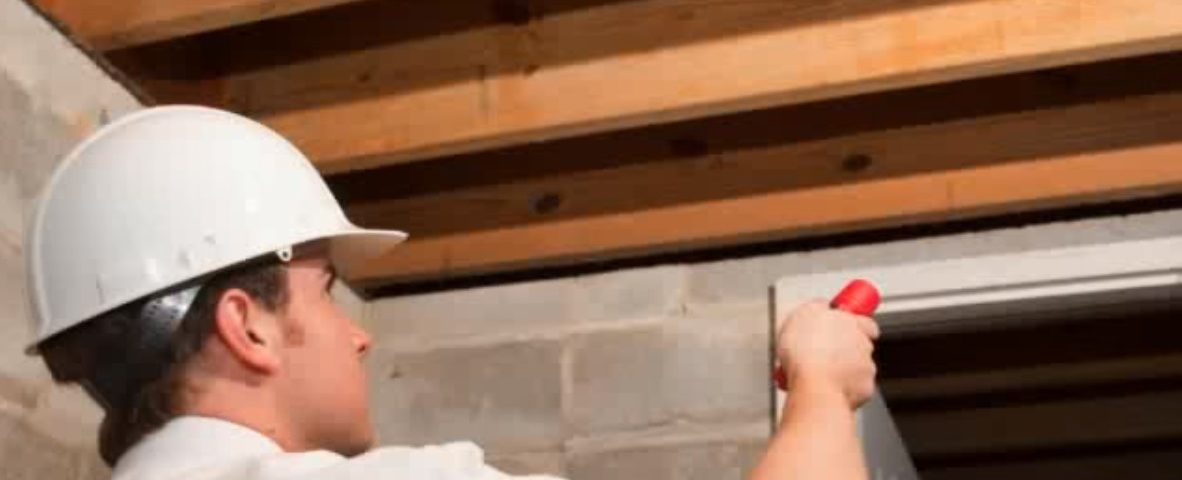- Have any questions?
- (844) 697-0656
Structural Integrity and Failure Analysis for Residential Homes

A Deep Dive into Seismic Retrofitting for Homes
December 27, 2023
Designing Smart Homes with Home Automation Systems
December 30, 2023Structural integrity refers to the ability of a structure or component to withstand its intended load without experiencing failure or deformation that could compromise its functionality, safety, or performance. This concept is crucial in various fields, including engineering, architecture, materials science, and manufacturing. The importance of structural integrity lies in its impact on the safety, reliability, and longevity of structures and components.
Here are key reasons why structural integrity is important:
Safety:
- Ensuring the structural integrity of buildings, bridges, aircraft, and other infrastructure is essential for the safety of occupants, users, and the general public.
- Failure to maintain structural integrity can lead to catastrophic events, such as collapses, which can result in injuries, loss of life, and extensive property damage.
Reliability:
- Structural integrity is fundamental to the reliability and performance of engineered systems. It ensures that structures can withstand the forces, loads, and environmental conditions for which they were designed.
- Reliable structures are critical in applications such as aerospace, automotive, and civil engineering, where failure can have severe consequences.
Longevity:
- Structural integrity contributes to the longevity of structures and components by preventing premature deterioration or failure.
- Proper design, construction, and maintenance practices help extend the service life of structures, reducing the need for frequent repairs or replacements.
Cost-Efficiency:
- Investing in the structural integrity of a design or structure during the planning and construction phases can lead to long-term cost savings.
- Regular inspections and maintenance can identify and address issues before they escalate, avoiding costly repairs and potential legal liabilities.
Performance:
- Structural integrity affects the performance of various systems. For example, in aerospace engineering, maintaining the integrity of aircraft structures is critical for optimal aerodynamics, fuel efficiency, and overall performance.
Compliance with Regulations:
- Many industries and regions have specific regulations and codes that dictate minimum standards for structural integrity.
- Compliance with these standards is essential to ensure that structures meet safety requirements and adhere to legal and regulatory frameworks.
Public Confidence:
- The public’s confidence in structures and infrastructure is closely tied to their perception of structural integrity.
- Well-designed and properly maintained structures contribute to public trust in engineering and construction practices.
Failure Analysis: A Diagnostic Approach to Home Health
While structural integrity forms the foundation, failure analysis serves as the diagnostic tool that identifies potential weaknesses and addresses issues before they escalate. It is the process of systematically investigating and understanding the root causes of failures in residential structures.
Common Areas of Failure in Residential Homes:
- Foundation Failures:
Cracks in walls and uneven floors can signal foundation issues. Failure analysis involves assessing soil settlement, construction quality, and potential water damage.
- Roofing Failures:
Leaks and damaged shingles are common roofing issues. Failure analysis examines the installation, ventilation systems, and the impact of weathering on the roof’s structural integrity.
- Water Damage:
Stained ceilings and mold growth indicate water damage. Failure analysis identifies sources of water intrusion, plumbing issues, and the adequacy of drainage systems.
- Electrical and Plumbing Failures:
Frequent electrical issues or plumbing leaks require thorough analysis. This involves inspections of the electrical and plumbing systems, and identifying faulty wiring or pipe corrosion.
- Material Deterioration:
Rotting wood, corroded metal, and deteriorating masonry demand attention. Failure analysis investigates the materials used, environmental elements exposure, and maintenance practices’ effectiveness.
The Holistic Approach:
Regular Inspections:
- Periodic inspections by qualified professionals are a proactive measure to identify potential issues early.
- Structural engineers, electricians, plumbers, and other specialists play a crucial role in assessing the health of a home.
Advanced Technologies:
- Utilizing advanced technologies, such as thermal imaging and moisture testing, enhances the accuracy of failure analysis.
- These tools provide insights into hidden issues that may not be apparent through visual inspections alone.
Collaboration of Experts:
- A multidisciplinary approach involving structural engineers, architects, and specialists ensures a comprehensive understanding of the home’s condition.
- Collaboration facilitates a holistic analysis and the development of effective remediation strategies.
Preserving the Heart of Every Home
In the grand tapestry of homeownership, structural integrity, and failure analysis emerge as the threads that weave the narrative of a safe, resilient, and enduring abode. As homeowners, it is not merely our responsibility but our privilege to prioritize the health of our homes. Regular maintenance, proactive inspections, and a commitment to addressing issues as they arise contribute to the preservation of the sanctity of our living spaces. In understanding the language of structural integrity and failure analysis, we empower ourselves to be stewards of the places we call home—ensuring that they stand as not just structures, but as timeless havens of security and warmth.


